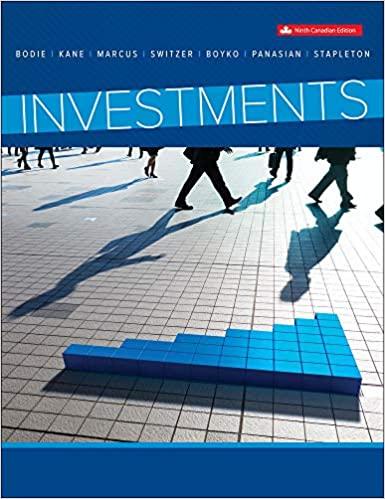Question
1.An investor will receive a 15-year annuity of $2,750 per year. If the annual interest rate is 4.5%, what is the present value of this
1.An investor will receive a 15-year annuity of $2,750 per year. If the annual interest rate is 4.5%, what is the present value of this annuity?
2.Your friend wants to borrow $5,500 from you and gives you three options for repayment. Assuming a discount rate of 4.5%, which of the following options should you choose?
Option A: $1,600 a year for the next 4 years
Option B: $7,000 lump sum paid 3 years from now
Option C: $750 a year for the next 12 years
| a | You should not lend the money because all options are negative NPV investments |
| b | Option C because it is the highest net present value |
| c | Option A because it is the highest net present value |
| d | You are indifferent because they all have the same net present value |
| e | Option B because it is the highest net present value |
3.Ross will inherit a lump sum amount of $750,000 that is payable in 7 years. The current rate of return is 6%. What is the present value of the lump sum?
Step by Step Solution
There are 3 Steps involved in it
Step: 1

Get Instant Access to Expert-Tailored Solutions
See step-by-step solutions with expert insights and AI powered tools for academic success
Step: 2

Step: 3

Ace Your Homework with AI
Get the answers you need in no time with our AI-driven, step-by-step assistance
Get Started


